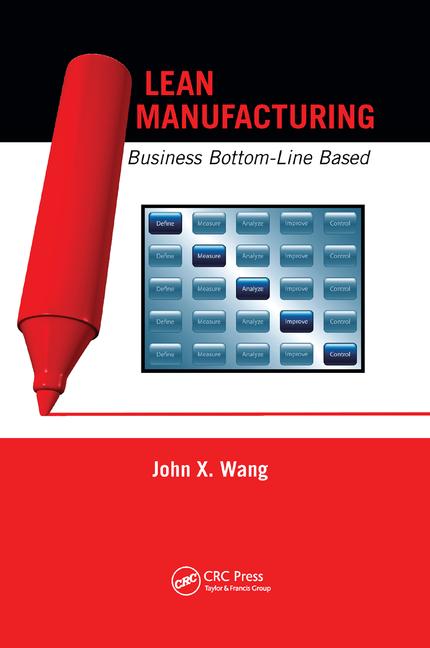A brief look at novel products, evolving technology and new manufacturing methods.
It looks like an old-fashioned, push lawnmower. But, it’s hailed as the personal transportation device of the 21st century. The recent unveiling of the battery-powered, two-wheeled device generated widespread publicity. Is it a new type of bicycle? A personal helicopter? No, it’s a horseless chariot called the Segway Human Transporter.
According to Segway LLC (Manchester, NH), the patented device "allows people to increase their mobility without separating them from their everyday walking environment. Dynamic stabilization enables the scooter to work seamlessly with the body’s movements."
The two-wheeled vehicle features a series of gyroscopes and tilt sensors that monitor a user’s center of gravity more than 100 Arial a second. Rubber diaphragms hidden beneath the rider’s platform engage the machine’s self-balancing system.
Five gyroscopes and two tilt sensors work together to pick up tiny shifts of body weight and changes in terrain. Three-axis measurements compensate for variable terrain. Two circuit boards comprised of 10 microprocessors are also housed in the die-cast aluminum chassis.
The vehicle has a top speed of 12.5 miles per hour, which is approximately three Arial typical walking speed, with a per-charge range of 17 miles on even ground. It measures 19 by 25 inches, with a riding platform that is 8 inches off the ground.
A pair of 2-hp electric motors drive each wheel independently. Each brushless servomotor consists of a hemispherically wound stator featuring redundant windings for improved reliability. If one motor fails, the other takes over. A two-stage transmission features a 24-to-1 gear ratio.
Unlike other powered vehicles, there is no throttle and no gearshift. When a rider leans slightly forward, the vehicle moves forward. When the rider leans back, it moves back. The human transporter doesn’t have a braking system. To stop, a rider stands upright without leaning forward or backward and the vehicle maintains its position. Because it only has two wheels, the vehicle can rotate around a single axis when the wheels turn in opposite directions.
An adjustable aluminum shaft supports the handlebars. A small LCD screen mounted in the steering handle bar alerts the rider to battery power and the operating condition of the vehicle. An electronic key system stores settings for vehicle operation.
Segway claims it spent more than $100 million developing the human transporter. It will be manufacturing both an 80-pound commercial version, priced at $8,000, and a $3,000 consumer model that weighs 65 pounds. The commercial vehicle features heavy-duty components plus special baskets and bins for carrying cargo.
Commercial applications include police patrol units and courier services. Some large manufacturing plants and warehouses have expressed an interest in the device. The U.S. Postal Service and the National Parks Service are currently conducting field trials to evaluate the vehicle.
However, many hurdles need to be overcome before the devices will be in widespread use in urban areas. For instance, questions about safety, insurance and driver’s licenses must be worked out. The vehicle could be classified as either a motor vehicle or a scooter by local authorities who will determine whether or not people can use it on public sidewalks. Some health experts have warned that the vehicle may encourage laziness by making people less likely to walk and exercise.
Segway will be assembling the vehicle at a new plant in Bedford, NH. It expects to ramp up production on the commercial model this month. Later in the year, when production on the consumer model begins, the company plans to add up to 250 assembly jobs. Segway predicts it will build 40,000 vehicles a month by the end of the year.
According to J. Douglas Field, Segway’s vice president of product development and engineering, and a former Ford Motor Co. engineer, the 77,000-square-foot assembly plant is modeled after the auto industry. Parts will be made off-site by suppliers, then shipped to New Hampshire for final assembly and testing.
Segway has teamed up with a handful of leading companies that will build key components. Field says all moving parts were designed for longevity. "We created a modular design whereby if any part were to wear out or break, it could easily be replaced," he points out.
Axicon Technologies Inc. (Pittsburgh) is making the transmission, which features a sealed helical gear system. Delphi Automotive Systems (Troy, MI) is assembling electronic components, such as the integrated circuit boards and the steering handle bar. Pacific Scientific (Rockford, IL) is manufacturing brushless servomotors that provide 40 percent more torque per unit of volume than comparably sized motors. Saft America Inc. (Valdosta, GA) is building rechargeable nickel-cadmium and nickel-metal hydride batteries, and Silicon Sensing Systems Ltd. (Plymouth, UK) is assembling the gyroscopes and tilt sensor systems.
Get our new eMagazine delivered to your inbox every month.
Stay in the know on the latest assembly trends.
SUBSCRIBE TODAY!Copyright ©2024. All Rights Reserved BNP Media.
Design, CMS, Hosting & Web Development :: ePublishing



